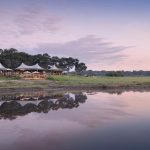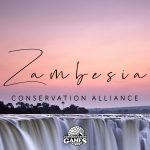As we are currently facing the global pandemic of Corona and many of us have a bit more time on our hands, we would like to remind you of the incredible conservation efforts being done throughout Africa and why it is so important that they be maintained, in particular, during this down time. African Parks is one of the biggest organisations across Africa and we have some inspiring stories to share with you.
African Parks is a non-profit conservation organisation that takes on the “complete responsibility for the rehabilitation and long-term management of national parks in partnership with governments and local communities.”
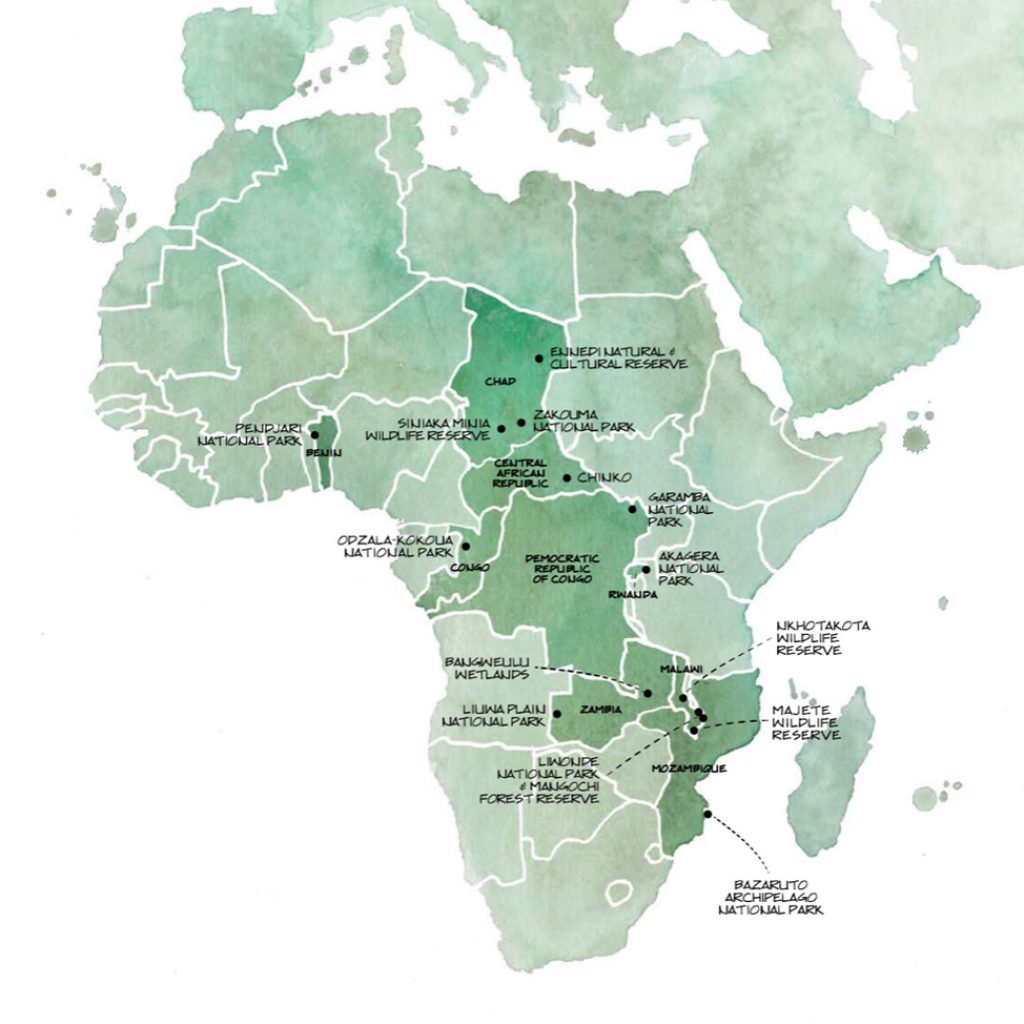
Currently they manage 17 national parks and protected areas in 11 countries covering 13 million hectares: Angola, Benin, Central African Republic, Chad, the Democratic Republic of Congo, Malawi, Mozambique, the Republic of Congo, Rwanda, Zambia and Zimbabwe. Their latest project being Matusadona National Park in Zimbabwe where they have signed a 20-year agreement to restore, develop and manage this park alongside the Zimbabwe Parks and Wildlife Management Authority (Zimparks).
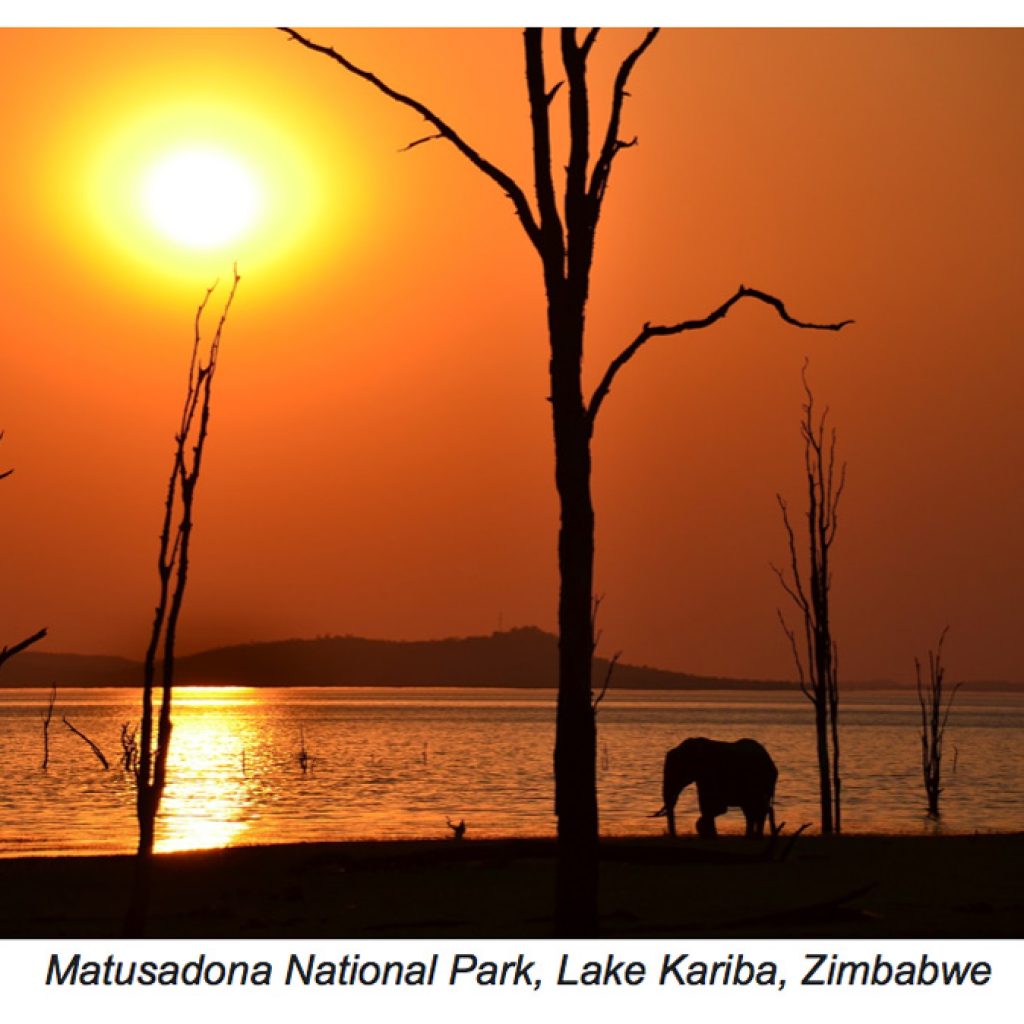
A bit of history on African Parks
The organisation was founded in 2000 in response to the dramatic decline of protected areas due to poor management and lack of funding. They focus on protecting some of the most iconic species: elephants, lions, gorillas, rhinos as well as many others. Prince Harry became the President of African Parks in 2017 and not only is he the “face” of the organisation, he actively gets involved too. He was part of the expert team in Malawi that helped to implement one of the largest and most significant elephant translocations in conservation history where 520 elephants were moved over 350 kilometres across Malawi among three parks under the management of African Parks.
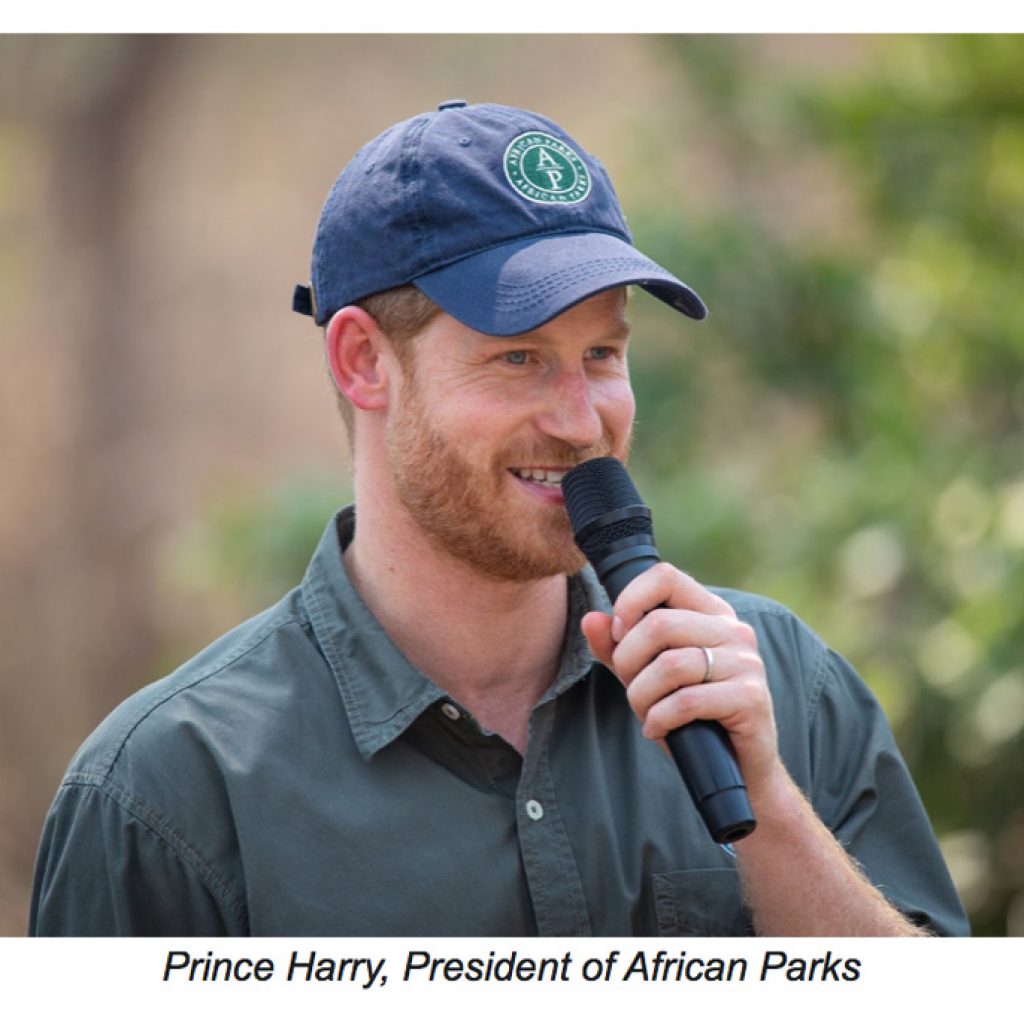
What does it mean to have the support of African Parks?
Saving Wildlife: Some of the world’s most remarkable species are facing a serious threat of extinction and one of African Parks main aims is to not let this happen. They are working tirelessly to reintroduce certain “lost” species in many National Parks across Africa. For example, Matusadona National Park used to hold 35% of Zimbabwe’s Black Rhino population but sadly due to the country’s economic crisis and neglection of the park, all Rhinos were poached out. AP have declared that one of their main tasks will be to reintroduce Rhino to this area.
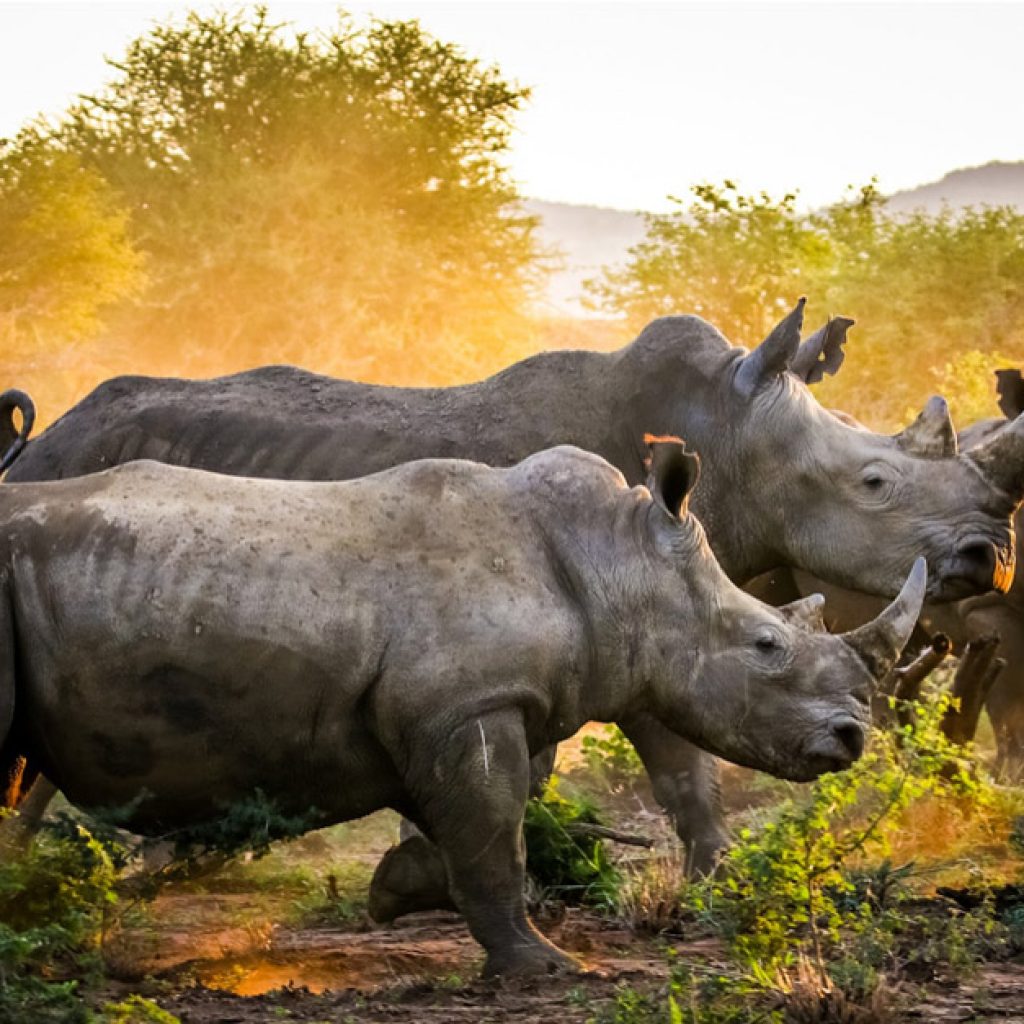
Park Protection: AP have the largest counter-poaching force for any one NGO across Africa with 1000 rangers who can provide safety to both wildlife and people. Law enforcement is the most critical and fundamental component for the long-term sustainability of any park. AP offers law enforcement training, foot patrols, removal of snares, aerial surveillance and specialised units. These rangers are the front-line defense and the ultimate protectors of Africa’s wildlife.
Community Development: The success or failure of a park is largely dependent on whether the local people, the communities that live on the periphery or within the park, support its protection and overall existence. AP are able to provide these surrounding communities with benefits such as providing educational opportunities, job creation, healthcare services and much more. Working together and alongside them does so much more than just saving the wildlife.
AP refers to this as “building a constituency for conservation” – which is engaging with communities and explaining the rationale of the park, and more importantly, by involving them in the management of the park and decision-making and to be beneficiaries of the park’s existence.
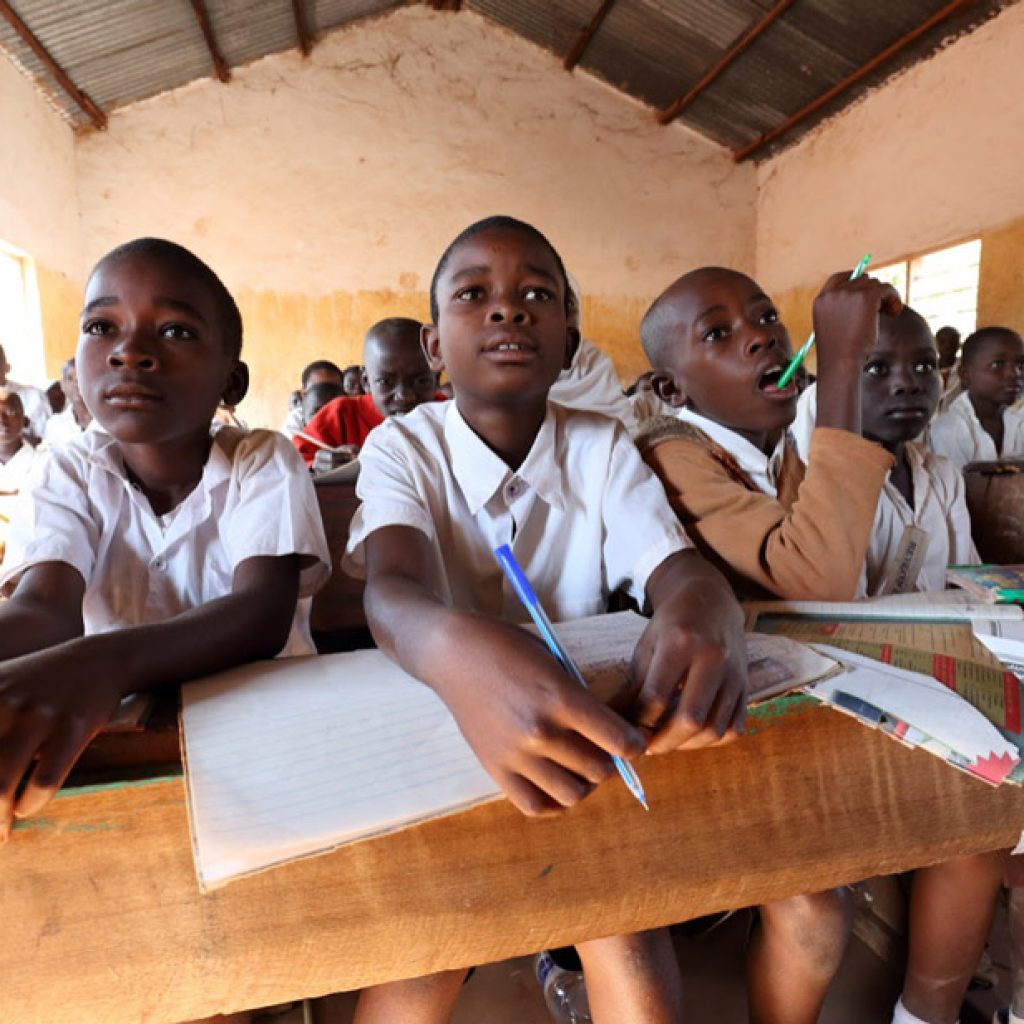
Tourism and Enterprise: Without tourism the National Parks would not be able to sustain themselves. From community run campsites to high-end luxury safari lodges, all these provide not only job opportunities but the conservation efforts that come hand in hand with these properties in unmeasurable. Across Africa, there is often a conservation levy that goes directly towards helping with anti-poaching and maintaining the National Park. Without the existence and presence of these tourism facilities, poaching would be rife and all the work that AP does to rebuild a park would be undone.
Management and Infrastructure: Good governance is essential for the success of AP and they insist on working together with the key partners and stakeholders of each country. Infrastructure development, conflict mitigation and new technology are all part of their plan and help provide effective management for each park.
For Matusadona National Park, due to the damage of infrastructure the next five years will be mostly dedicated to reconstruction of the park. Prince Harry has promised to invest $8million.




